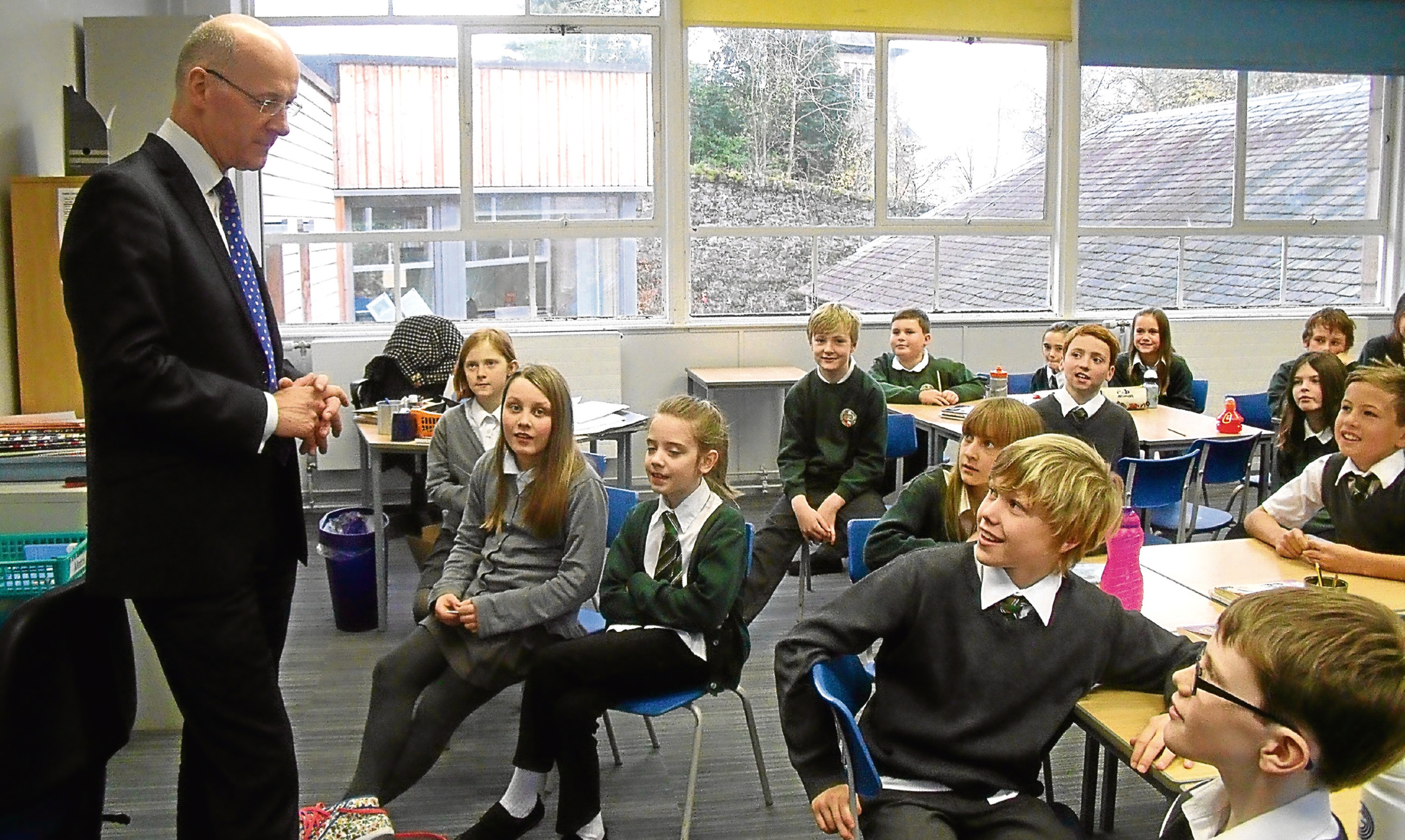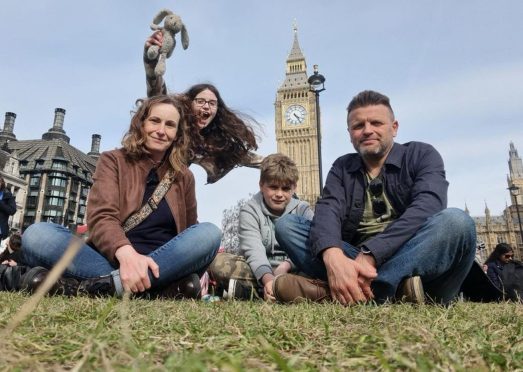John Swinney might be wishing this week that he was back in his old finance department, where balancing the country’s budget and keeping other ministers in check were his only challenges.
Now he must contend with education, a portfolio that is a poisoned chalice for several reasons.
The first is that it has been handed down from one inept custodian to the next through nine years of SNP rule and eight years of Labour before that.
One or two of those who came to the job with good ideas soon changed their tune, refusing to accept there was anything wrong with Scotland’s schools and therefore, were reluctant to make changes.
In a paper published in June, Keir Bloomer, the former president of the Association of Directors of Education, said the Scottish Government had created a culture of self-congratulation even when results were disappointing compared to other countries.
Another problem for Swinney is that, unlike finance, most people have opinions on how education should be run, so whatever he does will be wrong.
But worst of all, in his current role he must face the entrenched attitudes of the most intransigent lobby in Scotland: the education establishment.
This consists of the teachers’ unions, the local authorities and faceless educational “experts”, who between them have presided over generations of steady deterioration in Scottish schools.
Official figures published in May found declining numeracy standards in primary schools and six out of 10 secondary children underachieving at mathematics.
The previous year’s survey found declining literacy standards.
Nicola Sturgeon, who has vowed to make education – and in particular, closing the yawning attainment gap between rich and poor children – her priority, will throw more money at the problem but this has been a big spending department for years, to no avail.
Belatedly, it has dawned on Scottish ministers that schools north of the border may only get better once head teachers are given the autonomy to run them.
The template for such an obvious move already exists in England, where a decade of reforms has freed schools from council control and turned some of the worst performing institutions into high achieving academies.
Swinney is not daft enough to introduce either the word “academy” or, heaven forbid, “selection” into his reforming lexicon but he has set forward a plan to give funds directly to schools. This has not gone down well with local government.
Tomorrow, the Convention of Scottish Local Authorities will hold an “extraordinary” meeting to voice its concerns over the proposed reforms.
Chief among its fears, it appears, is the whittling away of its own power over how schools are run. Local authorities insist they, not individual heads, must keep hold of the purse strings.
Frank McNally, Labour councillor and North Lanarkshire education convener, said: “I think if head teachers are focused on things that are frankly disassociated with education in areas of procurement, specialist HR matters or effectively being accountants – really increased red tape – that will have an impact on their leadership when it comes to the attainment challenge.”
This argument would carry more weight if education conveners like McNally had addressed the “attainment challenge” successfully after years in charge – but they have not.
The only recent educational reform in Scotland has been the Curriculum for Excellence, introduced in 2010 and designed to provide a “broad general education” but widely criticised for its lack of specialisation and dumbed down approach. Keir Bloomer said the CfE has been undermined by bureaucracy, with advice to teachers that has bordered on “gibberish”.
It is the authors of this gibberish who are now rebelling against Swinney’s attempts to arrest the downward spiral in literacy and numeracy levels by trusting heads to do their jobs.
The Organisation for Economic Cooperation and Development (OECD) said countries where schools have more autonomy perform better.
The evidence from England backs this up, with many state schools matching and exceeding the A grade results of top private institutions – something that sadly never happens in Scotland.
Swinney doesn’t go nearly as far as the academy programme but he does want key decisions to be devolved to school level.
In September he will launch an education review which will examine how to “empower” schools and parents and “decentralise management”.
He also talks about encouraging school “clusters” supported on a regional basis by parents, schools, colleges, universities and employers, all focused on raising attainment.
It’s a bit unclear how this will work but the fact that Swinney’s reforms are being called a “revolution” is surely a start.
It could be a good start if he can see off the vested interests that have listened only to each other and conspired to hold education back in this country, condemning the worst-off children to the worst futures.
It could even turn out to be a revolution.










